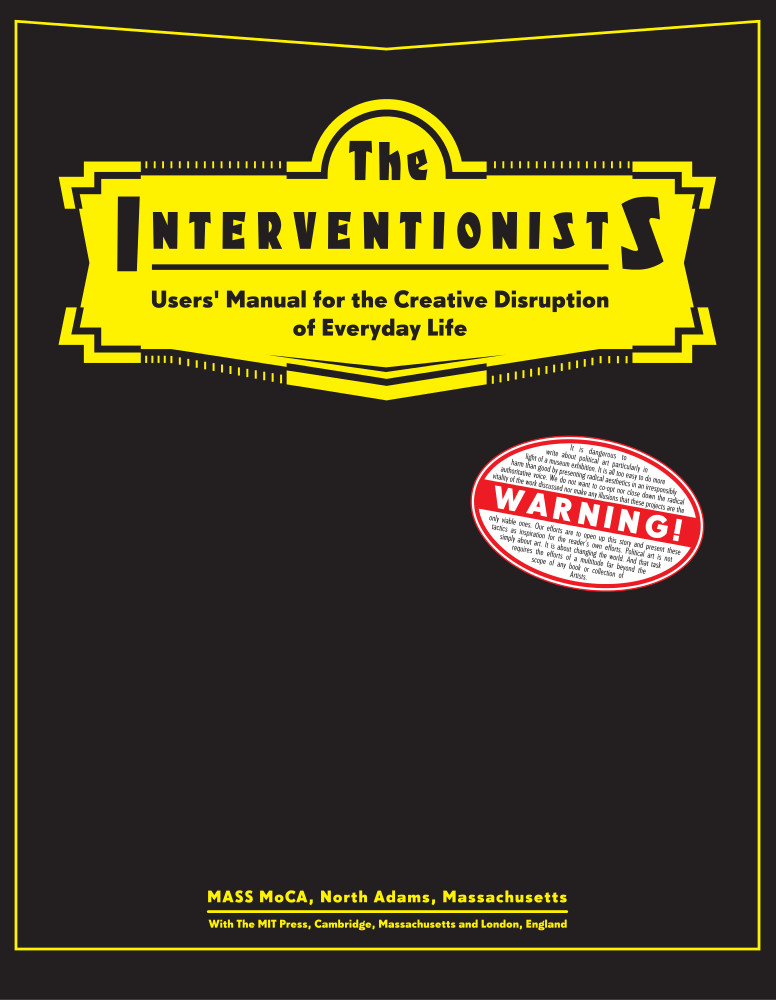Internationale situationniste, 1-12 (1958-1969) [FR, EN, ES, SW]
Filed under journal | Tags: · capitalism, consumerism, everyday, life, mass media, situationists, spectacle

L’Internationale situationniste produit ses travaux théoriques dans sa revue Internationale situationniste. La revue fut également rédigée par Guy Debord, Mohamed Dahou, Giuseppe Pinot-Gallizio, Maurice Wyckaert, Constant, Asger Jorn, Helmut Sturm, Attila Kotanyi, Jørgen Nash, Uwe Lausen, Raoul Vaneigem, Michèle Bernstein, Jeppesen Victor Martin, Jan Stijbosch, Alexander Trocchi, Théo Frey, Mustapha Khayati, Donald Nicholson-Smith, René Riesel, René Viénet, etc. 12 numéros furent publiés entre 1958 et 1969. Cette revue était un terrain d’expérimentation discursif et également un moyen de propagande.
Bulletin central édité par les sections de l’international situationniste
Director: G.-E. Debord
Rédaction: Paris
via La Bibliotheque Fantastique
Numéro 1, Juin 1958, 32 pp.
Numéro 2, Décembre 1958, 36 pp.
Numéro 3, Décembre 1959, 40 pp.
Numéro 4, Juin 1960, 40 pp.
Numéro 5, Décembre 1960, 52 pp.
Numéro 6, Août 1961, 44 pp.
Numéro 7, Avril 1962, 56 pp.
Numéro 8, Janvier 1963, 68 pp.
Numéro 9, Août 1964, 48 pp.
Numéro 10, Mars 1966, 84 pp.
Numéro 11, Octobre 1967, 72 pp.
Numéro 12, Septembre 1969, 116 pp.
Translations:
English (nrs. 1-12, trans. Ken Knabb, Situationist International Anthology, 1981/2006, added on 2019-11-13)
Spanish (nrs. 1-6, trans. Luis Navarro, 1999, added on 2014-2-21)
Swedish (selected texts, n.d., added on 2019-11-13)
Nato Thompson, Gregory Sholette (eds.): The Interventionists: Users’ Manual for the Creative Disruption of Everyday Life (2004)
Filed under book, catalogue | Tags: · activism, art, cyberfeminism, education, participation, political art, politics, situationists, tactical media

“Art made to attach to buildings or to be given away? Wearable art for street demonstrations or art that sets up a booth at a trade show? This is the art of the interventionists, who trespass into the everyday world to raise our awareness of injustice and other social problems. These artists don’t preach or proselytize; they give us the tools to form our own opinions and create our own political actions. The Interventionists, which accompanies an exhibit at MASS MoCA, serves as a handbook to this new and varied work. It’s a user’s guide to art that is exciting, provocative, unexpected, inspiring (artistically and politically), and fun. From Michael Rakowitz’s inflatable homeless shelter and William Pope.L’s “Black Factory” truck with pulverizer, gift shop, and giant inflatable igloo to the Biotic Baking Brigade’s political pie-throwing, the art of The Interventionists surveys a growing genre and offers a guide for radical social action.
The book classifies the artists according to their choice of tactics: the Nomads, who create mobile projects; Reclaim the Streets, artists who act in public places; Tools for Resistance: Ready to Wear, artists who produce fashion for political action; and the Experimental University, artists whose work engages pedagogy and theory. The accompanying text includes essays by noted scholars putting the work in a broader cultural and social context as well as texts by the artists themselves.”
With contributions by Nicholas Mirzoeff and Ondine C. Chavoya
With graphics by Arjen Noordeman
Publisher MASS MoCA Publications, North Adams/MA, 2004
154 pages
PDF (updated on 2019-12-18)
Comment (0)Richard Wolin: The Wind from the East: French Intellectuals, the Cultural Revolution, and the Legacy of the 1960s (2010)
Filed under book | Tags: · 1960s, communism, cultural revolution, france, history, left, literature, maoism, marxism, philosophy, politics, resistance, situationists, structuralism
/cover.jpg)
“Michel Foucault, Jean-Paul Sartre, Julia Kristeva, Phillipe Sollers, and Jean-Luc Godard. During the 1960s, a who’s who of French thinkers, writers, and artists, spurred by China’s Cultural Revolution, were seized with a fascination for Maoism. Combining a merciless exposé of left-wing political folly and cross-cultural misunderstanding with a spirited defense of the 1960s, The Wind from the East tells the colorful story of this legendary period in France. Richard Wolin shows how French students and intellectuals, inspired by their perceptions of the Cultural Revolution, and motivated by utopian hopes, incited grassroots social movements and reinvigorated French civic and cultural life.
Wolin’s riveting narrative reveals that Maoism’s allure among France’s best and brightest actually had little to do with a real understanding of Chinese politics. Instead, it paradoxically served as a vehicle for an emancipatory transformation of French society. French student leftists took up the trope of “cultural revolution,” applying it to their criticisms of everyday life. Wolin examines how Maoism captured the imaginations of France’s leading cultural figures, influencing Sartre’s “perfect Maoist moment”; Foucault’s conception of power; Sollers’s chic, leftist intellectual journal Tel Quel; as well as Kristeva’s book on Chinese women–which included a vigorous defense of foot-binding.
Recounting the cultural and political odyssey of French students and intellectuals in the 1960s, The Wind from the East illustrates how the Maoist phenomenon unexpectedly sparked a democratic political sea change in France.”
Publisher Princeton University Press, 2010
ISBN 0691129983, 9780691129983
400 pages
Video interview with the author: Platypus.
Reviews: Scott McLemee (The National), Julian Jackson (The Guardian), David Gress (The Wall Street Journal).
PDF (updated on 2023-4-25)
Comments (2)
